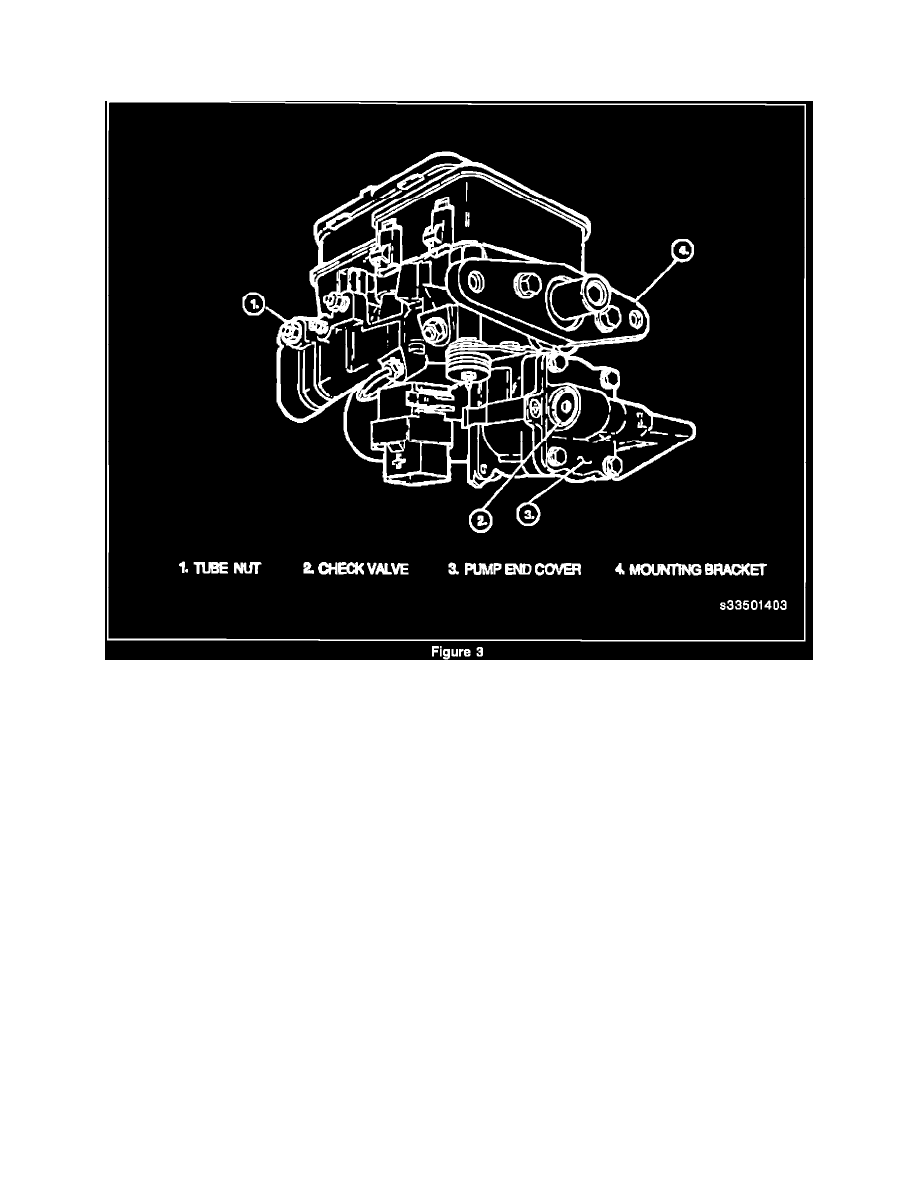Cutlass Supreme RWD V8-307 5.0L (1988)

Whenever possible, it is desirable to pressure bleed the brakes per Service Manual procedure.
Step # 1 - Low or no fluid pressure getting to front left brake.
A.
If pressure bleeding is not possible, the problem may be resolved by loosening the left front master cylinder tube nut (Figure 3). Leave open until
fluid starts to drip out and then tighten tube nut. It may be helpful to remove master cylinder reservoir cover and to lightly pull back on pedal to
achieve full return of the master cylinder piston. It may take up to a minute before fluid gravity flows out of the port. Several applies and releases
after the tube nut is tightened will help bleed out any air in the master cylinder.
B.
If additional manual bleeding of front master cylinder circuit is necessary, try shorter applies (about 1/2 of full travel) to help master cylinder to
compensate. It may be required to repeat step A above to achieve compensation.
C.
The above action should allow proper bleeding of the master cylinder circuit. If this should fail, vehicles can be repaired with the Powermaster
Repair Kit 18017614 (per corrective action for pedal return concern).
NOTE:
Proper bleeding of the Powermaster III is important to both pedal travel and pedal feel. Following Service Manual procedure is important to achieving
good pedal feel. When manually (key on) bleeding the rear brakes, the accumulator must be pressurized.
NOTE:
Disregard Service Manual instructions to bleed brake system after replacing accumulator or pressure switch on the vehicle. It is not necessary to bleed
the brake system when only the pressure switch or accumulator is replaced. Powermaster III unit must be depressurized before servicing.
Condition # 3
Powermaster III unit has possible internal leakage as diagnosed by ABS warning light with codes 32, 56 or 35 being stored in controller (these codes
result from pump cycling between brake applies or pump running continuously). The diagnostics below are meant to supplement vehicle Service Manual
information.
CORRECTIVE ACTION STEPS:
Step # 1 - Confirm if internal leakage is present
A.
Use J37118 gauge to monitor accumulator pressure if gauge is available.
